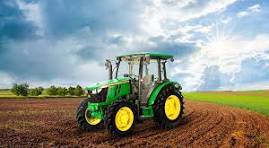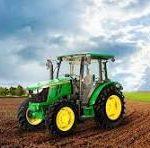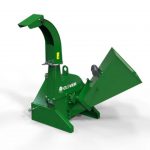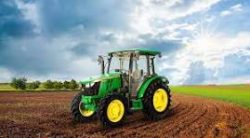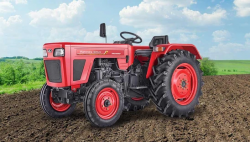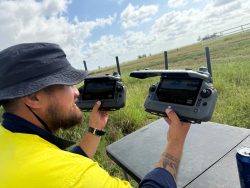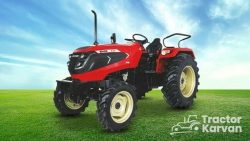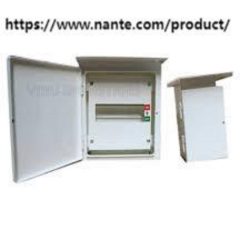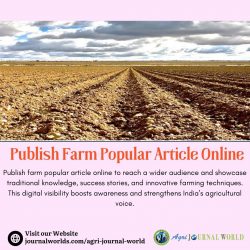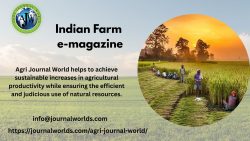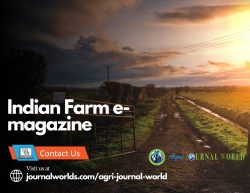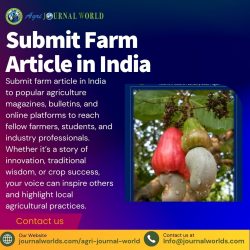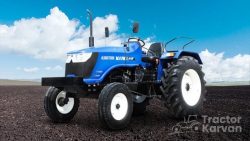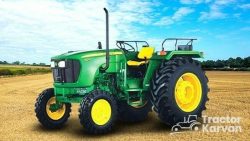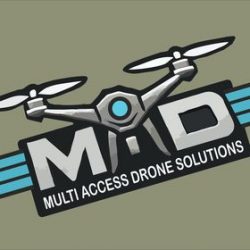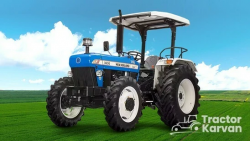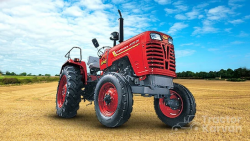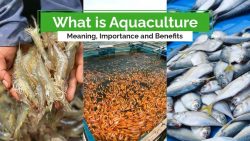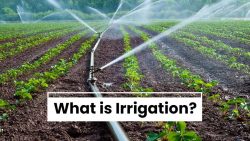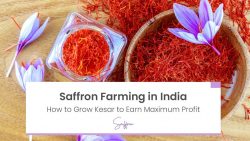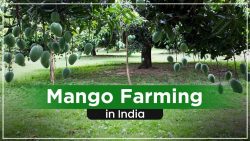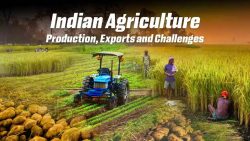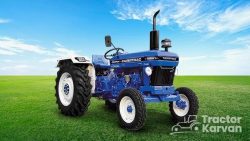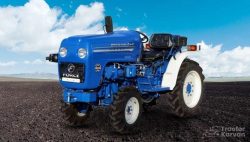farm agriculture equipment
different types of agricultural machines?
Tractors: Used for pulling or powering various implements and machinery. They are essential for plowing, planting, and field preparation.
Harvesters: Machines designed to efficiently gather crops from fields. Types include:
Combine Harvesters: Harvest, thresh, and clean grains like wheat, corn, and rice.
Forage Harvesters: Cut and gather forage crops like corn silage or grass.
Planters and Seeders: Equipment used to sow seeds in the soil or plant seedlings into the ground.
Plows and Tillers: Implements used to turn and loosen soil, preparing it for planting.
Sprayers: Used for applying pesticides, herbicides, fungicides, and fertilizers to crops.
Irrigation Systems: Equipment and infrastructure used to deliver water to crops, including:
Sprinkler Systems: Distribute water over fields.
Drip Irrigation: Provides water directly to plant roots.
Pivot Irrigation Systems: Rotates around a central pivot to irrigate large areas.
Mowers and Harvesting Equipment: Machines for cutting and gathering crops like hay or grass.
Balers: Used to compress and bind harvested crops into bales for storage and transportation.
Cultivators and Tillage Equipment: Implements for soil cultivation and weed control between rows of crops.
Livestock Equipment: Includes feeding, watering, and handling equipment for livestock farming.
Greenhouse Equipment: Includes climate control systems, hydroponic systems, and automation tools for greenhouse farming.
Forest and Brush Clearing Equipment: Machinery used for clearing land and managing vegetation in forestry and land management.
types of cultivator machines?
Spring-Tooth Cultivators: These cultivators have spring-loaded tines that penetrate the soil and remove weeds. They are effective in light and medium soils.
Rigid Shank Cultivators: These cultivators have rigid shanks or tines that penetrate deeper into the soil compared to spring-tooth cultivators. They are used for deeper tillage and breaking up compacted soil.
Rotary Cultivators: Also known as rotary tillers or rototillers, these machines have rotating blades or tines that churn the soil, breaking it up and preparing it for planting. They are commonly used in garden beds and smaller plots.
Row Crop Cultivators: These cultivators are designed to work between rows of crops, typically in row crops like corn, soybeans, and vegetables. They remove weeds and loosen the soil without disturbing the crop plants.
Field Cultivators: These are larger cultivators designed for broader field operations. They may have multiple rows of shanks or tines and are used for primary tillage, seedbed preparation, and weed control in larger fields.
Power Harrows: These are rotary cultivators with sets of rotating tines or blades mounted on a horizontal axis. They are used for seedbed preparation, breaking up clods, and incorporating residues into the soil.
Disc Cultivators: These cultivators have sets of angled discs that cut through soil and residues. They are effective for shallow tillage, mixing crop residues, and leveling the soil surface.
Strip Till Cultivators: These cultivators prepare narrow strips or bands of soil where seeds will be planted. They reduce soil disturbance outside the planting zone, maintaining residue cover and reducing erosion.
Vertical Tillage Equipment: These machines have vertical tillage blades or discs that cut through crop residues and lightly loosen the soil surface. They are used for minimal soil disturbance and residue management.
Check out the best quality mulcher for sale online at Cloveragri.
